Cats have a unique way of letting you know exactly what they think, especially when they’re silently judging your every move. You may think you’re in charge, but the reality is, your cat has been quietly assessing your behavior, wardrobe choices, and questionable life decisions. From their perched position on the windowsill, your furry friend isn’t just watching birds—trust us, they’re critiquing everything.
1. The Slow Blink
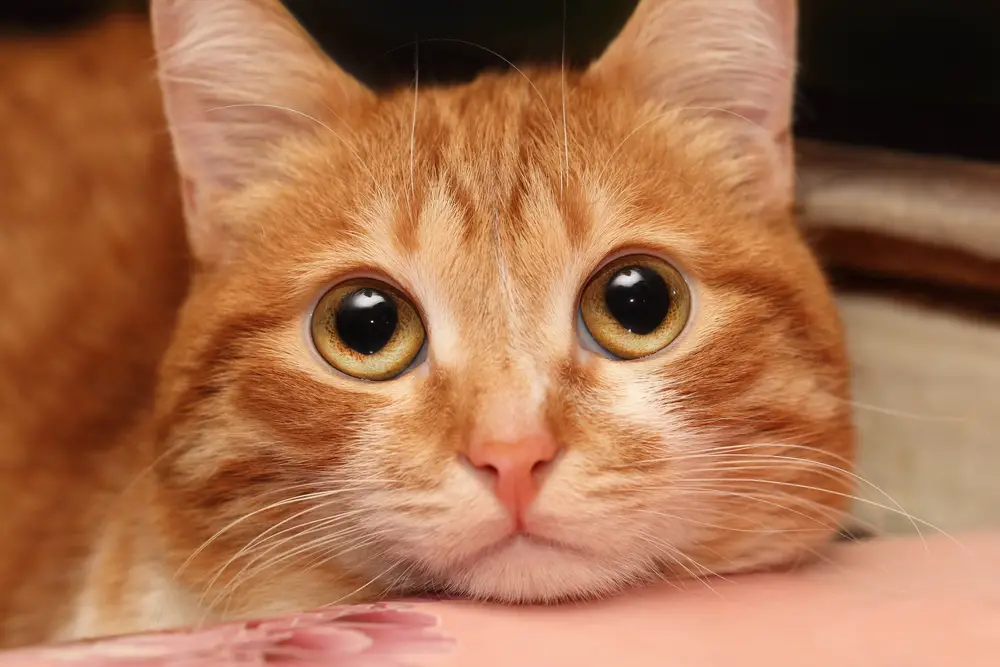
When your cat gives you a slow blink, it’s easy to interpret it as a sign of affection. But let’s be honest, it’s also a moment of judgement veiled in feline charm. Jackson Galaxy, a cat behavior expert, suggests that this slow blink is a cat’s way of saying, “You’re okay, but I’m still watching you.” If you find your cat blinking slowly at you while you attempt to cook a new recipe, it’s likely they’re subtly critiquing your culinary skills. So, take that blink as a mix of love and mild amusement at your latest kitchen disaster.
Next time you notice your cat giving you the slow blink, consider what you were doing right before. Did you spill coffee on your favorite white shirt or trip over your own feet? Cats have an uncanny ability to witness your less-than-stellar moments and offer their version of a slow clap. This blink can serve as a gentle reminder that, in their eyes, you are a constant source of entertainment. Your cat is happily perched, both literally and figuratively, above your human foibles.
2. The Tail Flick
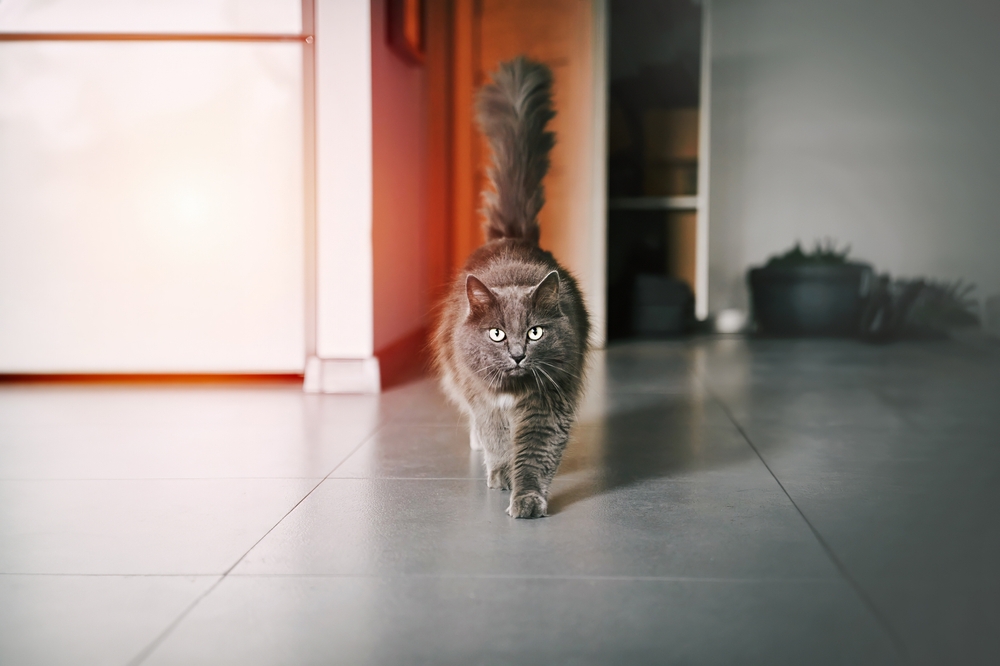
A flicking tail is more than just a random movement—it’s a window into your cat’s inner thoughts. If your cat’s tail is moving like a metronome, that’s your cue to rethink what you’re doing. Maybe you’re taking too long to open that can of tuna or you’ve dared to vacuum the living room. While humans often communicate displeasure through words, your cat’s flicking tail is the equivalent of an eye-roll. It’s as if they are saying, “Get it together, human.”
Keep an eye out for the quick, sharp flicks versus the slow, lazy ones—they each tell a different story. The faster the flick, the more urgent their opinion of your questionable choices becomes. This is your cat’s way of reminding you that you should really pay attention to their needs first. After all, in their eyes, your main job is to serve, not to be served. Their expectations are high, and they’re not afraid to let you know it.
3. The Stare Down
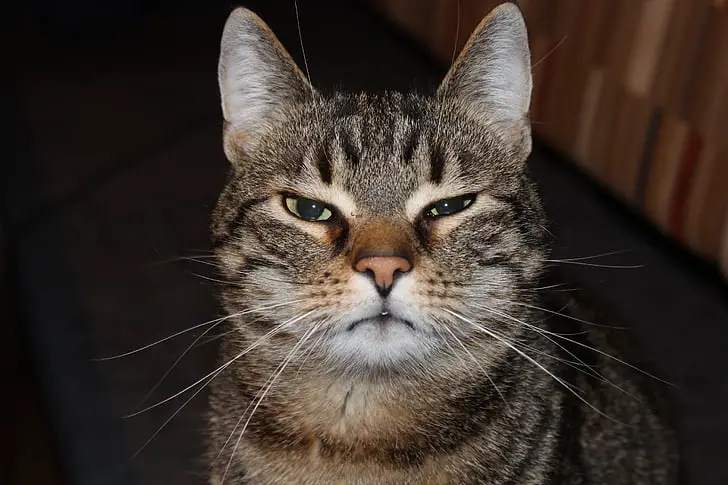
Cats are masters of the intense, unblinking stare, and it’s often a tool they use to communicate judgment. While you might assume they’re just studying you, the reality could be a little more critical. According to feline behaviorists, this prolonged eye contact can sometimes mean they’re evaluating your worthiness. If your cat treats you to a staring contest while you’re binge-watching reality TV, they might be questioning your taste in entertainment. The stare is both a challenge and an assessment wrapped in a soft fur coat.
This gaze can feel both unsettling and oddly reassuring. It’s like they’re saying, “I know what you’re up to, and I’m not entirely impressed.” But, if you pass the test, a blink might follow, allowing you to breathe a sigh of relief. Until then, your cat’s eyes are the mirrors reflecting your human idiosyncrasies. Don’t sweat it too much; they might just be impressed by how ridiculous you look trying to out-stare them.
4. The Paw Point
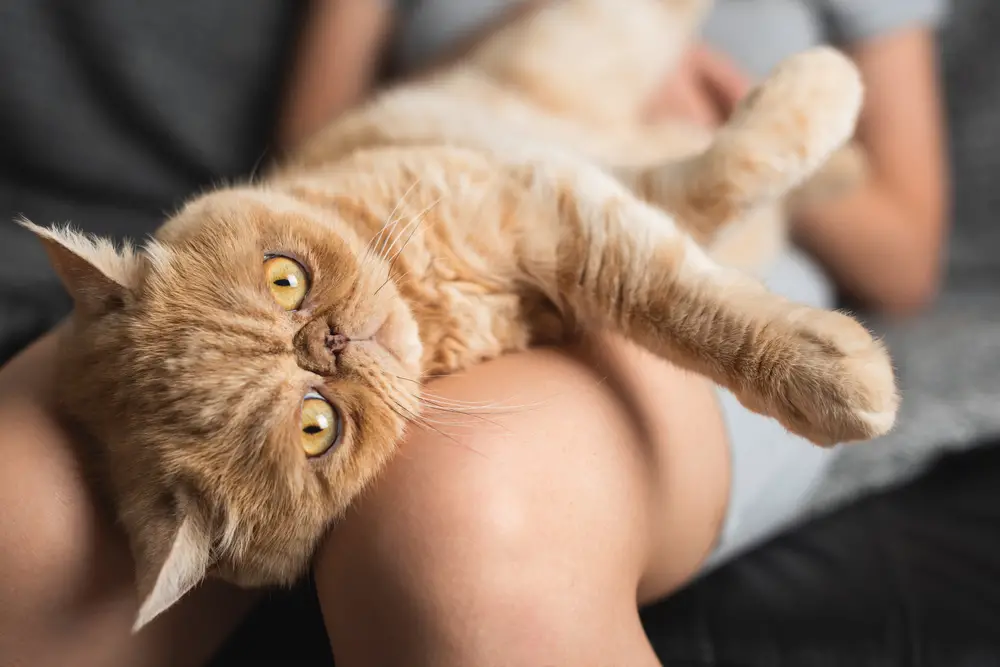
If your cat is extending a paw in your direction, don’t be so quick to assume it’s a friendly gesture. This subtle point can easily double as a sophisticated form of judgment. Imagine your cat seated regally, pointing a paw right at your mismatched socks. Yes, they see your lack of coordination, and no, they’re not letting it slide. This nuanced gesture is the feline equivalent of a raised eyebrow.
The paw point isn’t always about fashion faux pas, though; sometimes it’s about actions. Did you forget to fill their water bowl again or fail to open the blinds just so? Your cat’s extended paw can be their silent way of saying, “I have notes.” So, take it as a gentle nudge to step up your game in whatever department you’re lacking. When they point with that furry appendage, they expect changes and they expect them fast.
5. The Yawn
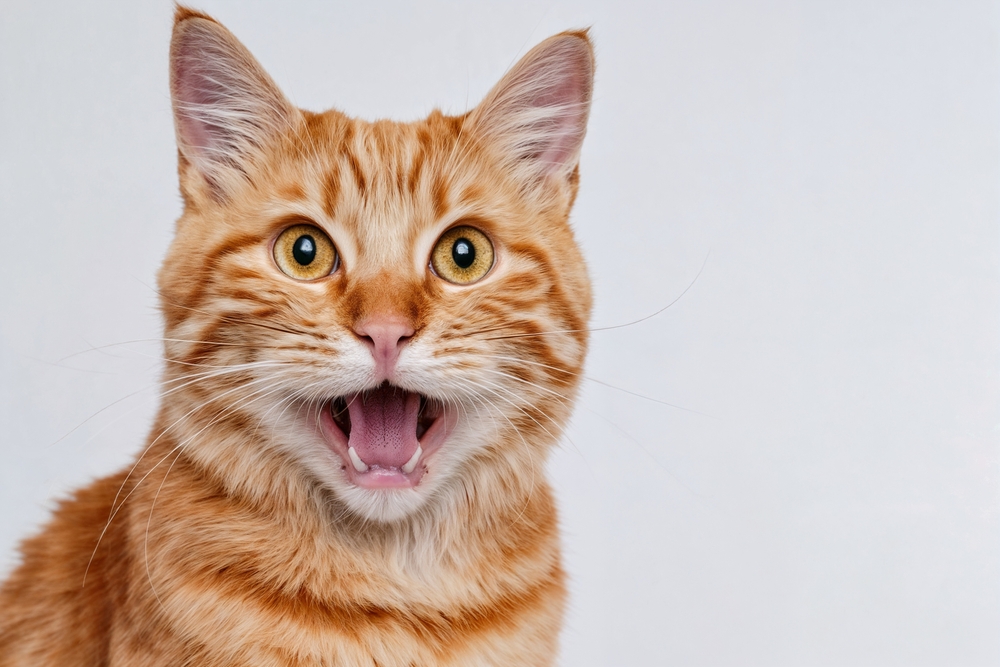
When your cat yawns while you’re talking to them, it’s not just because they’re ready for a nap. As Cat Behavior Associates points out, yawning can be a sign of relaxation, but it can also mean they find your attempts at conversation utterly mundane. It’s the feline version of a teenager rolling their eyes when asked about their day. During your monologue about the latest office drama, your cat might just be communicating their sheer disinterest. If you ever needed a clearer sign to switch topics, this is it.
The yawn also serves as a reflection of their superiority complex. To them, your stories are no match for the thrill of a good nap or the chase of a laser pointer. They’re essentially telling you, “I could be doing so many other things right now.” So, if your cat yawns while you’re mid-sentence, take it as constructive criticism. In their eyes, you need to up your conversational game—and fast.
6. The Ear Twitch
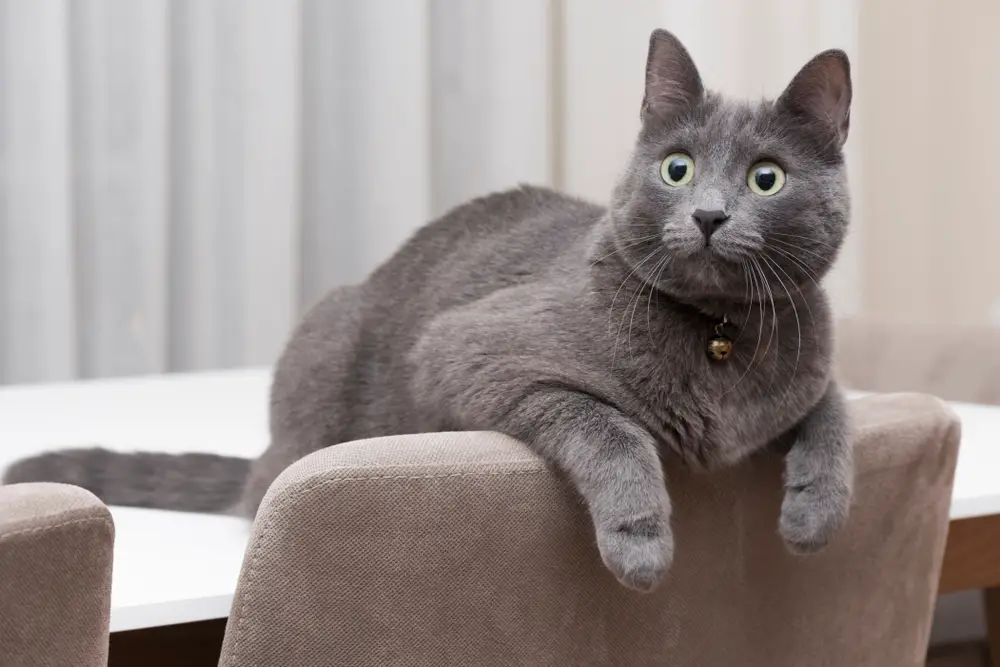
If your cat’s ears are twitching while you’re talking or making noise, consider it a subtle critique. Cats have an extraordinary sense of hearing, and they know exactly what they want to listen to—or not. Whether it’s your new favorite song or your attempts at singing in the shower, their ear twitch is a jury and a verdict. They’re saying, “I hear you, and I’m choosing to tune you out.” Your cat’s ears double as both antennae and a judgment barometer.
While humans often roll their eyes, cats have honed the twitching ear as their non-verbal commentary. It’s a delicate art form that communicates, “Not impressed, human.” Whether it’s your voice or the vacuum cleaner, their twitching ears are a direct response. It’s your cat’s way of maintaining an air of sophisticated disinterest. You might want to reconsider your playlist—or at the very least, your volume levels.
7. The Subtle Sigh

A sigh from your cat is not just an accident of exhalation—it’s a full-body comment on their environment. Animal behaviorist Dr. John Smith notes that a cat’s sigh can sometimes indicate mild frustration or disappointment. When you hear that soft puff of air, it’s as if they’re saying, “Really? This again?” If they sigh as you put on yet another cat video, rest assured they’re critiquing your entertainment choices. It’s their adorably passive way of expressing a desire for something, anything, more stimulating.
This small sign is often overlooked, but it speaks volumes about their state of mind. While the sigh might seem subtle, its implications are anything but. It’s a gentle rebuke wrapped in whiskers and fluff. Consider the context of their sigh and you may start to decode its meaning. Just remember, in the world of cats, even their smallest expressions carry weight.
8. The Walk Away

When your cat saunters off mid-interaction, it’s the ultimate brush-off. This isn’t just feline independence; it’s a calculated move to show their disinterest in your current activity. Whether you’re trying to play, pet, or chat with them, the walk-away says, “I have better things to do.” It’s their way of reminding you that engagement is on their terms, not yours. If you’ve ever been left hanging by your cat, now you know—they’re giving you the cold shoulder.
This move is crafted to perfection—head held high, tail straight up, and a distinct lack of backward glance. Watching them strut away can feel a lot like being left by a friend mid-sentence. It’s a humbling reminder that, in their eyes, you’re not always the most interesting thing in the room. Rather than take it personally, consider it a compliment. You’ve raised a cat with enough confidence to know when to exit a dull conversation.
9. The Nonchalant Groom
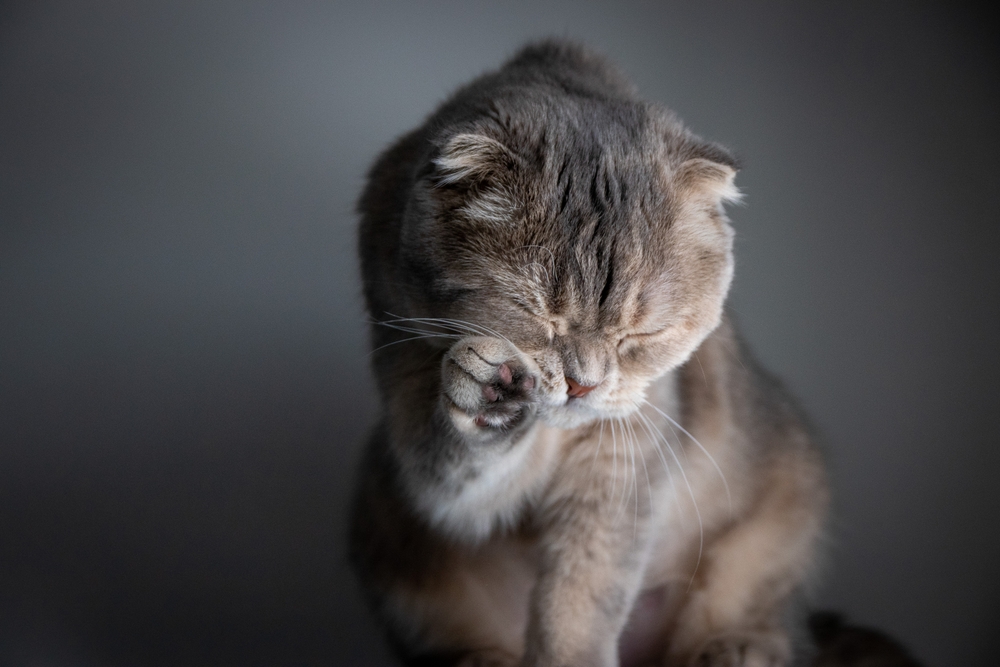
If you’ve ever been snubbed for a grooming session, you’re not alone. Cats have an innate ability to prioritize their needs, often at the expense of your dignity. When your cat decides to start licking their paw or washing their face mid-cuddle, it’s a not-so-subtle hint. They’re saying, “I’d rather clean myself than continue this.” In their world, personal hygiene trumps your affection more often than not.
Their grooming rituals are as precise as they are timely. Interrupting your bonding moment to lick their fur is their way of telling you what’s really important. It’s a gentle reminder of their independent nature and their ability to prioritize. While it may feel like a snub, it’s also a testament to their self-assuredness. They know exactly when to focus on themselves, and they’re unapologetic about it.
10. The Half-Closed Eyes
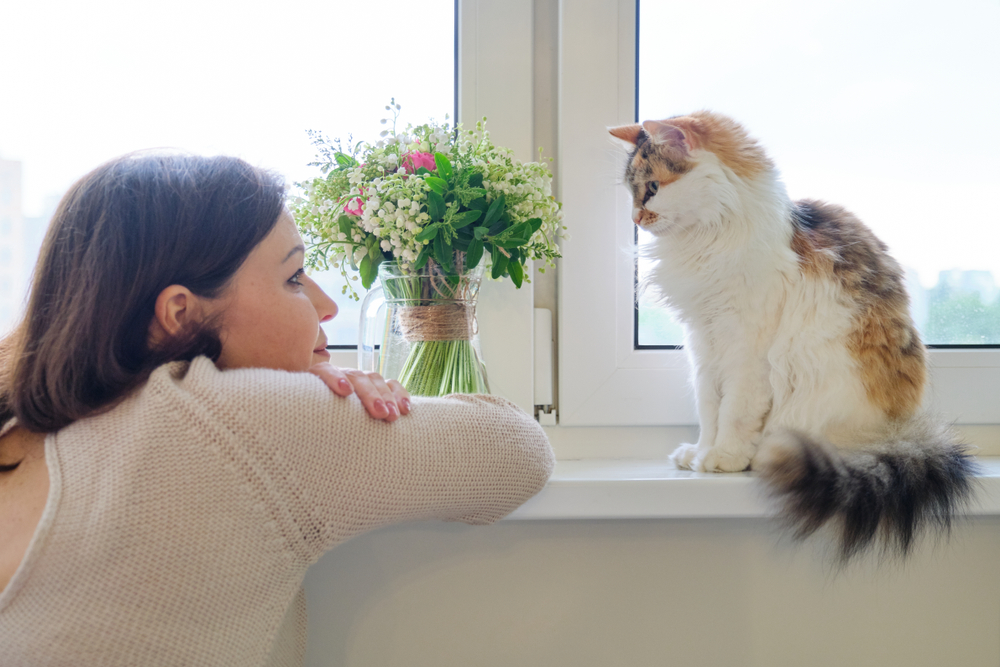
When your cat looks at you with half-closed eyes, don’t be fooled by this seemingly serene gaze. This look is often a blend of relaxation and subtle judgement. It’s as if they’re saying, “I’m at peace, but you’re still on thin ice.” Whether you’ve missed a feeding or made too much noise, the half-closed eyes are both forgiving and critical. They’ve accepted your presence but are still cautiously appraising your actions.
The half-closed eyes can be confusing—do they love you, or are they silently critiquing? The answer is usually a bit of both. It’s their way of maintaining a balanced stance, offering both acceptance and scrutiny. They’re comfortable enough to let their guard down, but not entirely off-duty. Every blink is a reminder that they’re always watching, always evaluating.
11. The Purr Pause
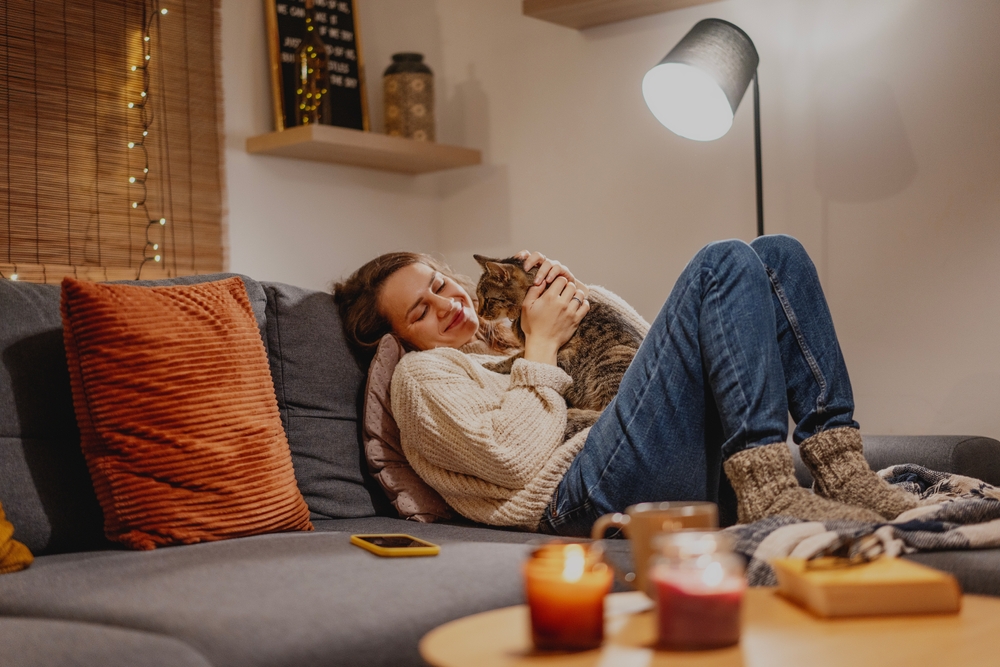
Your cat’s purring can abruptly stop when they’re not pleased. If your soothing petting session suddenly comes to a halt, you’ve likely crossed an invisible line. This interruption in purring is more than a break—it’s their way of saying, “Careful, that’s my limit.” It’s a soft warning, a gentle critique of your overly enthusiastic strokes. Sometimes, less is more, and your cat is the first to tell you.
The purr pause is an indicator of boundaries you might not be aware of. While purring is usually a sign of contentment, stopping in its tracks is a subtle admonition. It’s your cat’s way of teaching you the art of feline-approved affection. They’re not afraid to control the narrative of the cuddle session. So, take note of the sudden silence and adjust accordingly.
12. The Sudden Zoomies
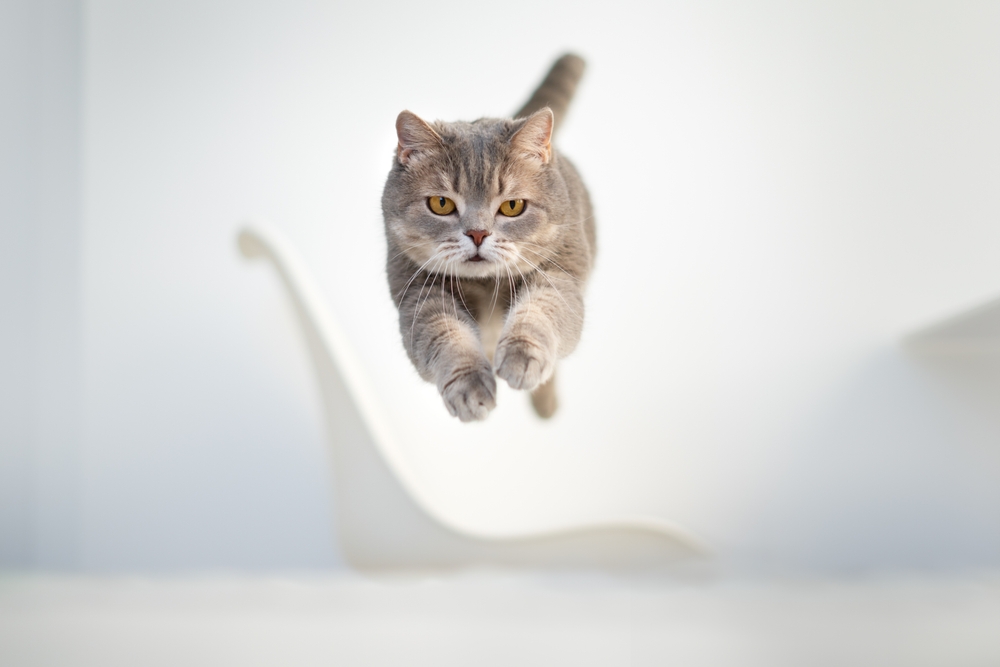
When your cat erupts into an impromptu sprint around the house, they’re more than just working off excess energy. This burst of activity can sometimes be a sarcastic critique of your own sedentary lifestyle. They’re saying, “Look at me, I’m at peak performance while you’re on the couch.” While the zoomies can be entertaining to watch, they’re also a reminder to get moving. Your cat’s chaos might just be their way of inspiring a more active routine.
The zoomies are an unpredictable yet calculated display of their athletic prowess. As you sit with a snack, they dart from room to room with a purpose you’ll never understand. It’s their way of showing superiority in both speed and flexibility. Their energy is contagious, and perhaps a not-so-gentle nudge for you to join in. But mostly, it’s a reminder that they have a mind of their own, always planning their next move.
13. The Whisker Twitch
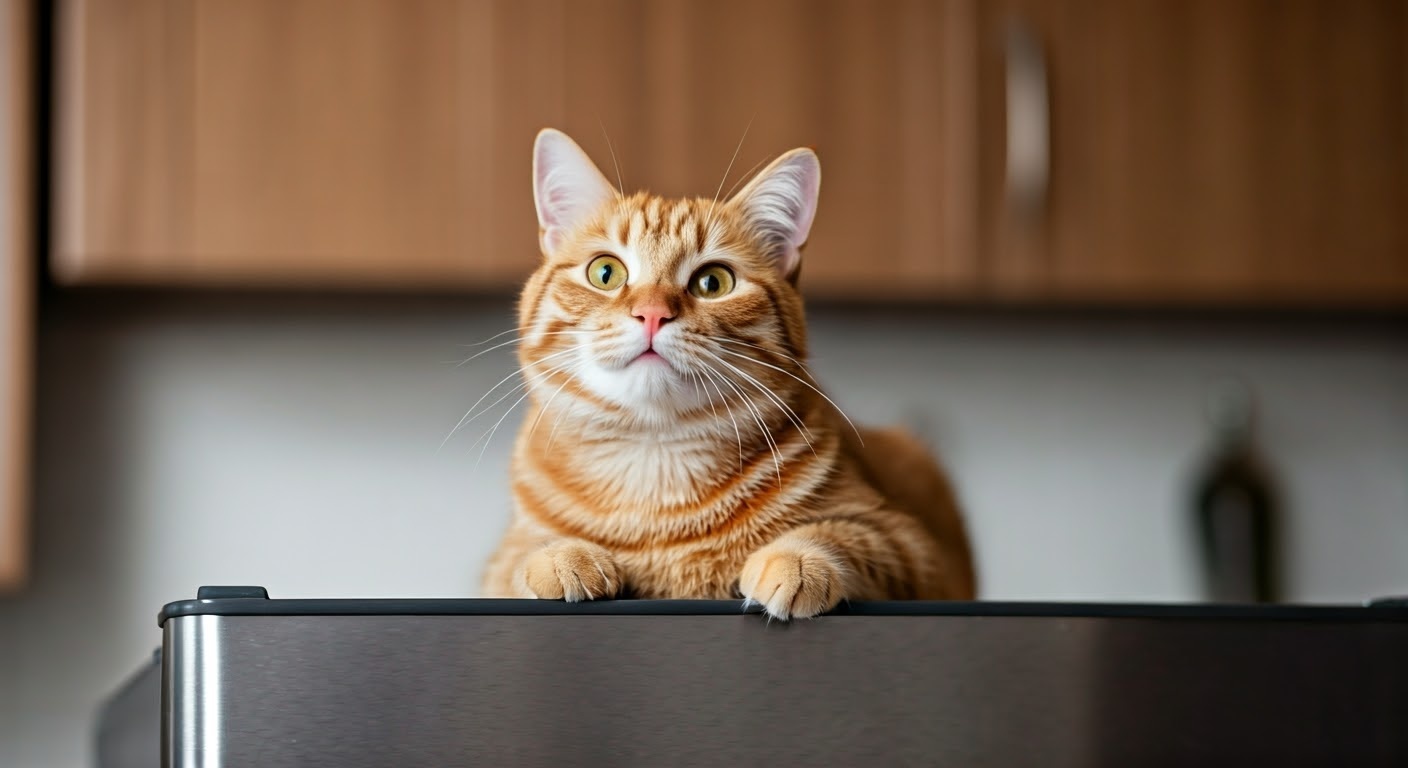
A twitching whisker is more than a cute facial quirk; it’s a loaded statement. Your cat’s whiskers are highly sensitive and when they twitch, it’s a subtle sign of judgement. If they’re twitching while you carry out your daily routine, they’re likely evaluating your choices. It’s an unspoken critique that says, “Really, you’re doing that?” Whiskers pick up on the smallest changes, and that makes them the perfect tools for silent commentary.
This movement often goes unnoticed until you take a closer look. Whiskers twitching as you fumble with your keys or spill your coffee is their way of noting your mishaps. It’s a gentle nudge to be more mindful or perhaps more coordinated. Consider it an invitation to step up your game in the eyes of your discerning feline. After all, their whiskers are never wrong, and neither is their judgement.
14. The Silent Meow
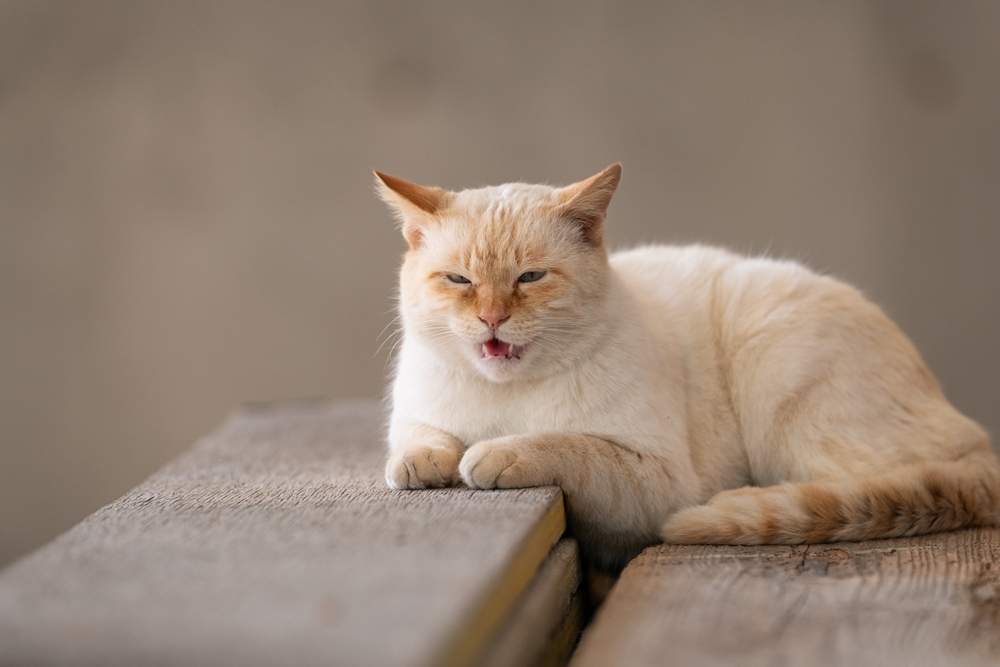
When your cat opens their mouth to meow but no sound comes out, it’s not just a quirk. This silent meow is a powerful form of communication that speaks volumes. They’re expressing something beyond the usual meow, often an unspoken critique of your actions or inactions. It’s like a whisper that says, “I could tell you, but I’d rather let you figure it out.” This silent cue is both mysterious and compelling.
While it may seem like they’ve lost their voice, the silent meow is as intentional as it is cryptic. It’s a tool they use when words aren’t enough, or when they feel you should already know the answer. This meow is a blend of affection, curiosity, and a hint of disapproval. Consider it a chance to tune into their needs with greater precision. Because when your cat goes silent, it’s time to listen more closely.
